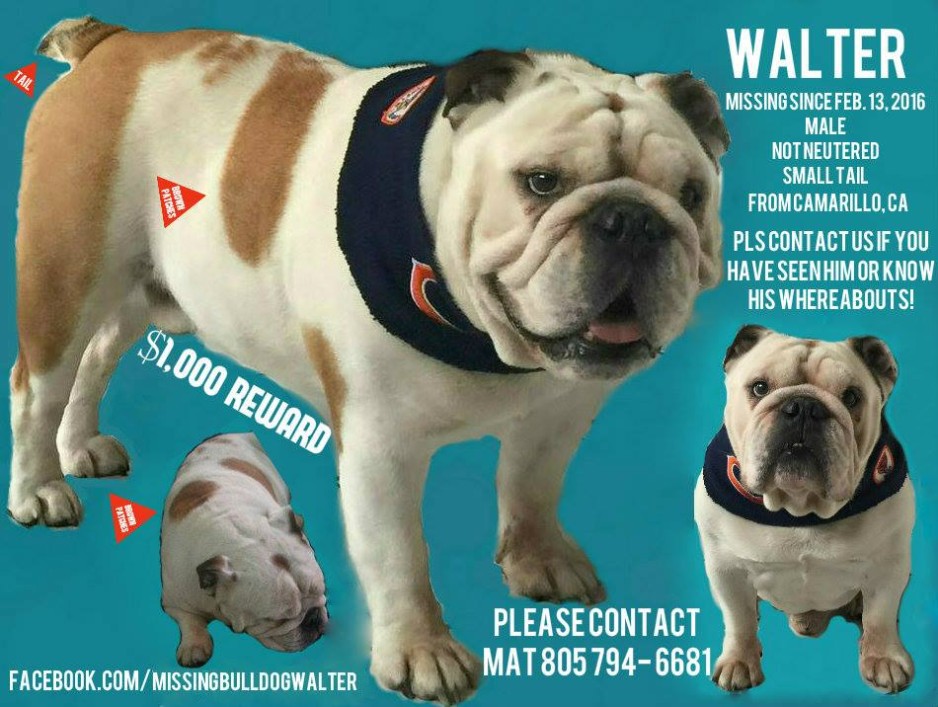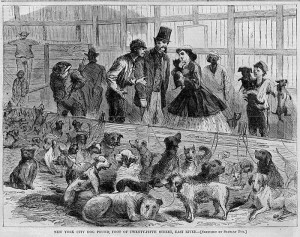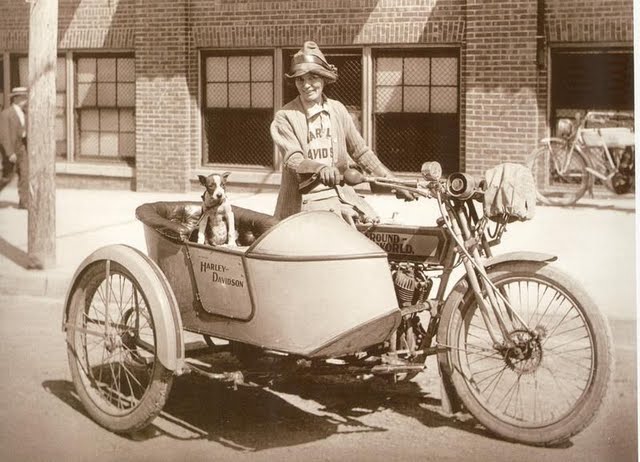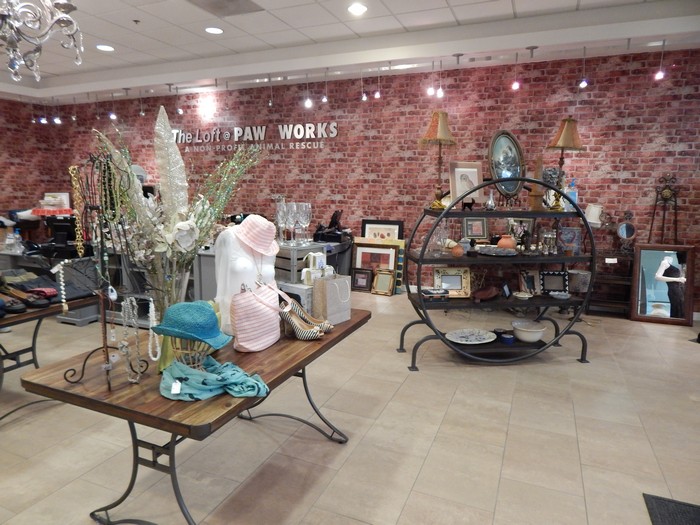 • Paw Works opens storefront in the Pacific View Mall
• Paw Works opens storefront in the Pacific View Mall
by my good friend Barbara Hinton
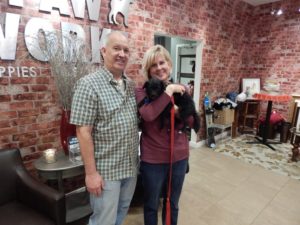
Did you know that there is now a “store” in the Pacific View Mall where you can adopt animals who need homes, purchase pet supplies and shop for gently used clothing? Paw Works, a nonprofit animal rescue organization, opened a pet adoption center in the mall in November of 2015. The center is located on the second level of the mall next to JC Penney.
Paw Works has a second adoption center in Thousand Oaks at the Oaks Mall. The adoption centers allow the organization to introduce rescued cats and dogs to potential adoptive families in a calm and comfortable setting. The Ventura center includes an upscale resale boutique that sells donated clothing and household items, with proceeds benefitting the nonprofit rescue. They accept donations of gently used clothing or other items, and if you call them they will even come and pick up your donations.
Launched in January 2014, Paw Works is dedicated to partnering with county and city shelters to give abandoned animals a second chance at life. The group has saved more than 1,900 pets to date and placed them in caring homes. They have also spayed or neutered close to 250 rescued animals.
Animal rescue work requires the assistance of dedicated volunteers. Paw Works is looking for individuals who are willing to help at the adoption centers or at local adoption events. If you are willing to provide a temporary home for a rescued pet, they also need caring individuals or families that are willing to foster rescued dogs or cats.
Paw Works has accomplished much, but still has more to do. Goals include the acquisition of a mobile spay and neuter van and creating a training facility and sanctuary. For more information on how you can assist Paw Works, please go to their website: www.pawworks.org or email them [email protected].
• Ventura County Animal Services(VCAS) and SPAN are having a free shots and licenses clinic for homeless and low income people. Cats in carriers and dogs on leashes please. Wednesday May 25, 11 to 12 at SPAN 110 N. Olive Street, Ventura.
For low income cat and dog owners $10 spays and neuters at SPAN on June 9.
Call to schedule an appointment 584-3823
• Pet cleaning doesn’t have to be a chore if you follow Cesar Millan’s quick and easy tips. You and your pup will both be happier and healthier if you do!
Your dog’s bedding tends to attract a buildup of dirt and grime. Follow these four steps to ensure a clean, comfortable sleep for Fido.
Vacuum the bed regularly to remove hair, dirt, and other debris. Follow up with a lint roller to pull away any hair the vacuum may have left behind.
Wash the cover and the bed base (if it’s machine washable) in cold water. Use a mild laundry detergent—no dyes or fragrance. Add a cup of baking soda to help neutralize odor. Dry for about 20 minutes.
A stinky collar can ruin the pleasures of a freshly groomed dog. But how do you clean a dog collar without damaging the webbing material or hardware? Put a couple of squirts of dog shampoo (which will help prevent skin irritation) in a bowl and fill the bowl with hot water. Let your dog’s collar soak for about 15 minutes. Rub the collar against itself to extract any ground-in dirt. If necessary, apply extra shampoo directly to the collar. Avoid using a brush, which could damage the material. Rinse the collar under running water and hang to dry.
To remove pet hair from furniture, drapes, or other fabric-covered items, use rubber gloves. Slightly dampen a glove on your hand and sweep the fabric with it. Hair will ball up and be easy to pick up. Wash and dry gloves between uses.
The rain (what is that?) means muddy paws, but a little prevention can keep your dog from tracking dirt inside the house. First, trim the hair around your pup’s paws regularly — mud won’t clump to his feet when the hair is kept short. On days that you can’t avoid a little mud, keep a bucket of warm water and a towel near the door.
Over-bathing your dog can cause dry skin, which results in itching and flaking. Avoid these issues—but keep your pup smelling fresh—by giving him a quick dry bath. Brush out his coat first to loosen dead hair, dirt, and debris. Wipe him down with a towel spritzed with a solution of half apple cider vinegar and half water. Follow up by sprinkling baking soda on him and rubbing it in, which will neutralize the smell of the vinegar. Let it sit for a minute or two, then brush it off.
Wash dog toys to keep them germ-free and in good shape for years of enjoyment. For soft toys, pop them in the washing machine, ideally in a garment bag. (Be sure to use dog-safe detergent.) Line dry or put them in the dryer inside a pillowcase. Hard toys can be cleaned in the sink with a solution of 50% water and 50% vinegar and a brush or sponge. An easy alternative: Put your pal’s toys in the dishwasher with her bowls.
 Bailey was a C.A.R.L. adoption dog who passed away in April from cancer, she was 14 years old and will be greatly missed by her family.
Bailey was a C.A.R.L. adoption dog who passed away in April from cancer, she was 14 years old and will be greatly missed by her family.


